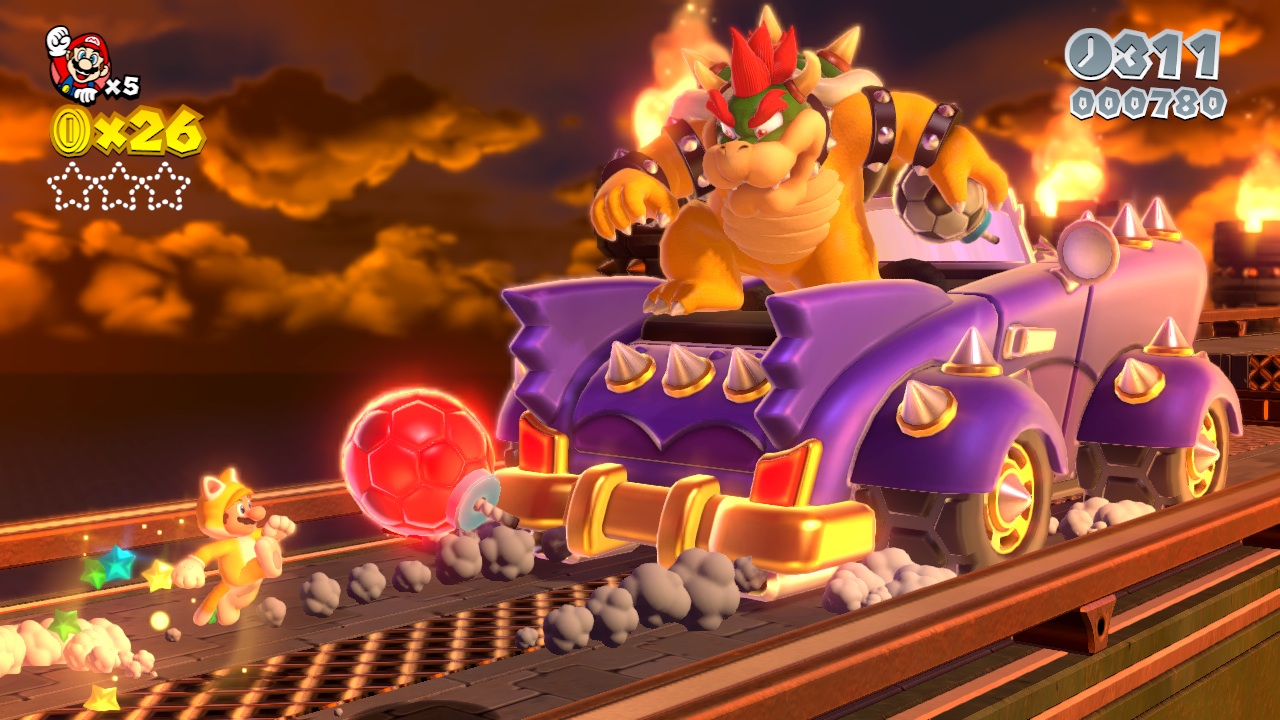OrangeGrayBlue
Member
I'd be pretty sure chinner already knows
Doesn't do much for my situation
-----
Also, in threads like this I think it's worthwhile to set aside the numbers and just compare some screens. These 3x more powerful or 2.5x more powerful discussions sometimes feel kind of arbitrary. It's hard to say what that increase in power actually translates to as soon as we start talking about anything other than resolution. So, why not compare some similar games from Wii U to Switch? I don't think MK8D or other upgraded ports are fair comparisons. They weren't built for the Switch and they likely don't represent the full capabilities of the system. I think one of the more fair comparisons is Super Mario 3D World compared to Super Mario Odyssey: same franchise, same developers, but built from the ground up (presumably) for their respective systems.
3D World:
Odyssey:
I think this is one of the best direct comparisons we're going to get. Everyone can decide for themselves how significant an improvement this represents. Also keep in mind Odyssey may be bumped to 900p or 1080p by the time it launches.








